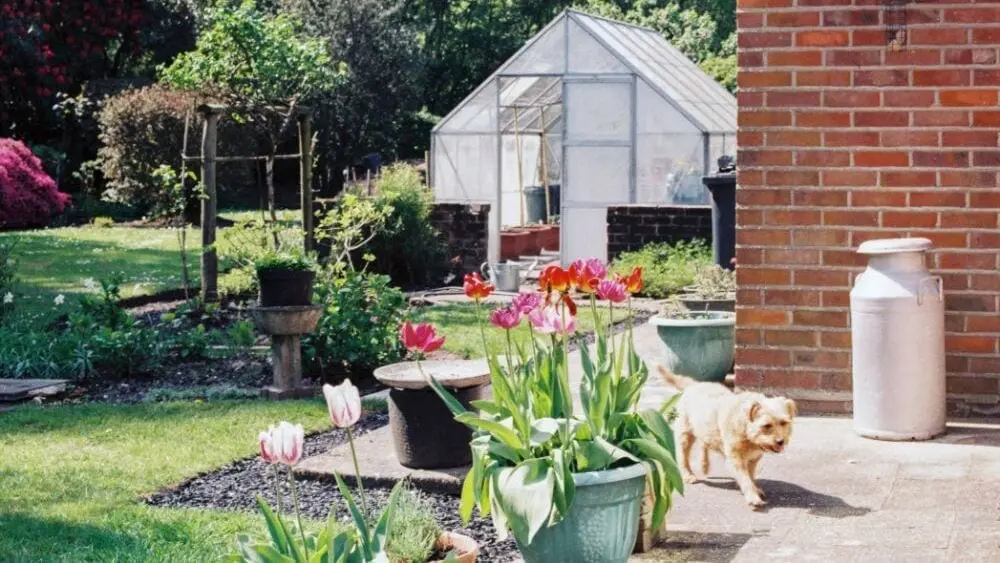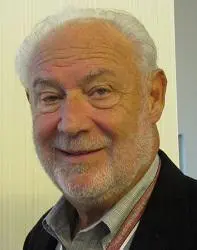Builders Who Don’t Go Green Will Be Left Behind

Builders are slowly figuring out there’s a lot of green to be made in going green.
According to research from the National Association of Home Builders (NAHB), nearly one in every four single-family home builders always or almost always have their homes certified to a green standard. And many more might be able to qualify for a green certificate by making a few relatively minor tweaks to their construction practices.
But there’s minimum green and then there’s max green, like the experimental community Pulte Homes is building in conjunction with Georgia Power in Atlanta. Called Altus at the Quarter, the mixed-use, live-work-play property in an up-and-coming area in the city’s northwest “will be as smart and as energy efficient as we can make it,” says Diahann Young, director of digital platforms and innovations at the Pulte Group.
The collaboration, says Young, “allows both organizations to learn in real time how consumers want to live, manage, measure and improve their lives by putting more control of security, comfort, performance and efficiency directly in their hands.”
Pulte will break ground in the spring on the 46-home townhouse project, with two objectives: to make the neighborhood “as smart and energy efficient as we can,” Young says, and to learn how to work with the grid to optimize energy usage.
The houses will feature, among other things, solar panels, battery-powered energy storage, voice-controlled appliances and HVAC systems, more efficient house wrap and smart door locks, thermostats and garage doors. Each unit will be monitored — buyers must be willing to cooperate — so the builder and the power company help learn how to give homeowners “a more cost-effective life,” Young says.
Pulte, the country’s third largest builder, has done several zero-energy houses, but this will be the first-time it has done an entire energy-efficient neighborhood. The company also is pushing smart houses everywhere it builds. Starting in March, every Pulte house will have the flexibility to be as smart as buyers desire.
Of course, Pulte isn’t the only builder chasing the deepest shade of green possible — so are many others. In Arizona, for example, Maracay Homes has leverage its use of green certifications to “outperform our competition,” says marketing manager Elise Goodell. Maracay has 300 Phoenix-area properties that are certified green or in the certification process.
But many others have been slow on the uptake and, if they don’t join the sustainability movement, they could be left behind. “The adoption rate has not been as fast as we’d like,” says Sara Gutterman, CEO of Green Builder Media. “But old school builders who are hesitant to go green will be out of business.”
CR Herro, vice president for innovation and sustainability at Meritage Homes, also suspects many of his colleagues won’t be around if they don’t join the movement.
Herro, who leads his company’s efficiency, automation and advanced building programs, wonders why more builders resist things “that seem so simple and obvious.” The “push-back,” he suspects, “is because of an ‘ain’t broke, don’t fix it attitude.’ And the result is massive underachievement.”
Gutterman’s firm recently sponsored a day-long symposium on sustainability, where she said homebuilders should “strap on their seatbelts, because we are in for a wild ride.” Younger builders “understand there’s a better way to build and they will build houses that will outperform the competition. Their houses will be healthier, smarter and more comfortable to live in.”
Noted futurist Jeremy Rifkin told the conference it is imperative that the country “get off carbon in less than four decades.” By 2040, the economist predicted, electric power will cease to exist — “It’s over,” he said, to be replaced by wind, solar and hydro-generated power.
By 2050, former Maryland Gov. Martin O’Malley predicted that 51 percent of our energy will be solar and 37 percent will come from the wind. “Greenhouse gas emissions will be almost down to zero,” he said, noting that several cities and states have already mandated that their energy will be 100-percent renewable sometime in the future.
Meanwhile, NAHB’s energy survey asked 337 builders which of 21 specific green products and practices they use. The list was drawn primarily from major sections of the National Green Building Standard, one of several used to certify homes as green. Some other popular certificate programs include LEED, Energy Star and programs run by state or local jurisdictions.
Energy efficient windows were commonly use by 95 percent of the builders, followed by high-efficiency heating and air conditioning systems, at 92 percent. On average, the respondents said they used 10.2 of the listed products and practices. And every one of them said they used at least one.
Here’s a list of the other 19 products and the percentage of builders who use them:
Programmable thermostats, 88 percent; Energy Star appliances, 80 percent; minimal leakage duct systems, 78 percent; improved thermal envelope, 67 percent; moisture control measures, 67 percent; minimal waste, 67 percent; water conserving faucets and fixtures, 64 percent; regional suppliers, 51 percent; on-demand water heaters, 46 percent; alternatives to dimensional lumber, 37 percent; materials with recycled content, 34 percent; recycling construction waste, 33 percent; materials from renewable resources, 29 percent; prefabricated components, 29 percent; smart appliances, 16 percent; reused or salvaged materials; 14 percent; energy management systems, 11 percent; passive solar design, 8 percent, and solar water heaters, 3 percent.
Unfortunately, nearly half the respondents never or almost never have their homes certified to one of the standards. But even at that, they “still use 9.1” of the 21 green products and standards, said Paul Emrath, an NAHB economist.
“This suggests that the homes of many more builders might be able to qualify for a green certification with relatively minor changes to their current practices.”

Lew Sichelman is a nationally syndicated housing and real estate columnist. He has covered the real estate beat for more than 50 years.
 California Sunshine Harnessed for Solar Power
California Sunshine Harnessed for Solar Power